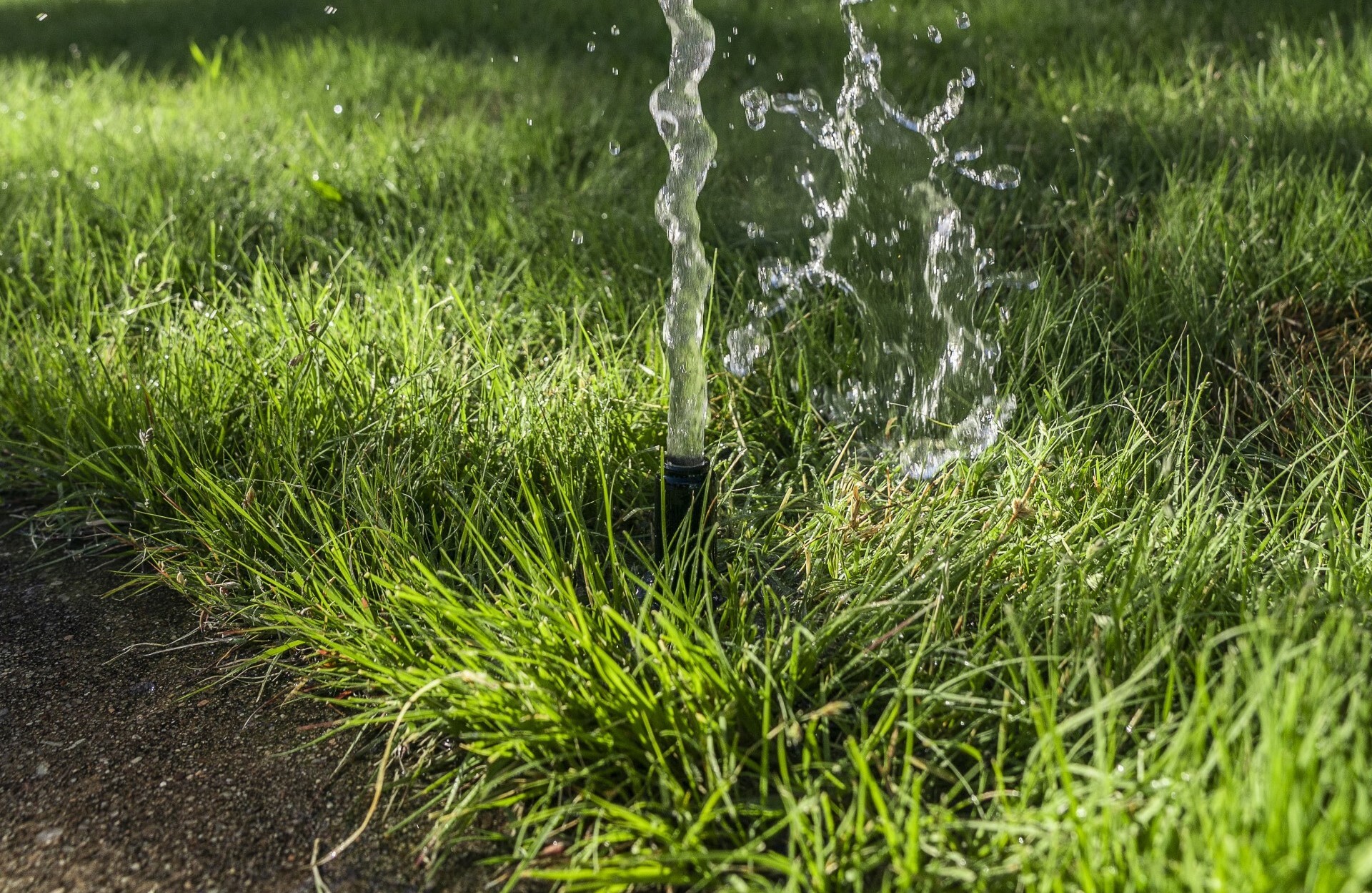Ajuste de fugas de agua
Si encuentra y repara una fuga, puede optar a un ajuste de su factura. Para tener derecho a ello, debe recibir un formulario y la documentación de las reparaciones en un plazo de 60 días a partir de la fecha de vencimiento indicada en su factura para el periodo en el que se produjo la fuga. Debemos confirmar la fuga de agua y determinar su importe.
- ¿Sección colapsable?: Una vez recibido el formulario de ajuste por fuga de agua cumplimentado y toda la documentación necesaria, revisaremos el historial de facturación y los datos de consumo para determinar la cantidad típica de agua que pasa por el contador del cliente. Tras la aprobación, ajustaremos los cargos facturados al cliente por los servicios de agua durante el periodo de tiempo que abarque la fuga de agua, hasta un máximo de dos periodos de facturación y hasta la mitad del volumen de agua de la fuga. Los ajustes por fugas de agua están limitados a dos por local en un periodo de tres años.
Compruebe su contador de agua

Este debería ser el primer paso para detectar una fuga. Normalmente, el contador de agua se encuentra en un cuarto de servicio o en el sótano. En las casas más antiguas, puede encontrarse en un pozo fuera de la casa.
Busque un pequeño engranaje o triángulo en el contador. Si lo ve girar mientras no se utiliza agua en la casa, es un claro indicio de que hay una fuga.
Lugares habituales de las fugas:
Inodoros - el culpable más frecuente es un inodoro silencioso que funciona continuamente:
- Cierre el suministro de agua a cada inodoro por separado y compruebe el contador de agua para ver si el engranaje ha dejado de girar. Si es así, habrá encontrado la fuga.
- Compruebe si hay fugas: Levante la tapa de la cisterna del inodoro y añada unas gotas de colorante alimentario. Espera 15 minutos sin tirar de la cadena. Si hay color en la taza, hay una fuga en la tapa.
- Asegúrese de que el agua está por debajo del tubo negro de desbordamiento situado en el centro de la cisterna del inodoro.
- Las soluciones más comunes son la sustitución de la tapa y la válvula de llenado.
Sistema de riego - Estas fugas pueden ser importantes y difíciles de encontrar:
- Cierre el suministro de agua (no sólo el programador) al sistema de riego y compruebe el contador de agua para ver si el engranaje ha dejado de girar. Si es así, su sistema de riego tiene una fuga.
- Compruebe si hay agua estancada en las arquetas. Es posible que tenga varias en su propiedad, normalmente cubiertas con tapas verdes.
- Encienda cada zona del sistema de una en una. Observe los aspersores y las líneas de goteo para ver si sale agua por donde no debería.
- Busque puntos húmedos, agua estancada o zonas inusualmente empapadas en su jardín.
Fregaderos, duchas, calentadores de agua y grifos de mangueras de jardín: Compruebe si hay fugas evidentes en estas zonas.
Sótano y sótanos: Busque signos de humedad o fugas, especialmente cerca de tuberías y calentadores de agua.
Compruebe su contador de agua

Este debería ser el primer paso para comprobar si hay una fuga. Normalmente, el contador de agua se encuentra en un cuarto de servicio o en el sótano. En las casas más antiguas, puede encontrarse en un pozo fuera de la casa.
Busque un pequeño engranaje o triángulo en el contador. Si lo ve girar mientras no se utiliza agua en la casa, es un claro indicio de que hay una fuga.
Lugares habituales de las fugas:
Inodoros - el culpable más frecuente es un inodoro silencioso que funciona continuamente:
- Cierre el suministro de agua a cada inodoro por separado y compruebe el contador de agua para ver si el engranaje ha dejado de girar. Si es así, habrá encontrado la fuga.
- Prueba de fugas: Levante la tapa de la cisterna del inodoro y añada unas gotas de colorante alimentario. Espera 15 minutos sin tirar de la cadena. Si hay color en la taza, hay una fuga en la tapa.
- Asegúrese de que el agua está por debajo del tubo negro de desbordamiento situado en el centro de la cisterna del inodoro.
- Las soluciones más comunes son la sustitución de la tapa y la válvula de llenado.
Sistema de riego - Estas fugas pueden ser importantes y difíciles de encontrar:
- Cierre el suministro de agua (no sólo el programador) al sistema de riego y compruebe el contador de agua para ver si el engranaje ha dejado de girar. Si es así, su sistema de riego tiene una fuga.
- Compruebe si hay agua estancada en las arquetas. Es posible que tenga varias en su propiedad, normalmente cubiertas con tapas verdes.
- Encienda cada zona del sistema de una en una. Observe los aspersores y las líneas de goteo para ver si sale agua por donde no debería.
- Busque puntos húmedos, agua estancada o zonas inusualmente empapadas en su jardín.
Fregaderos, duchas, calentadores de agua y grifos de mangueras de jardín: Compruebe si hay fugas evidentes en estas zonas.
Sótano y sótanos: Busque signos de humedad o fugas, especialmente cerca de tuberías y calentadores de agua.




